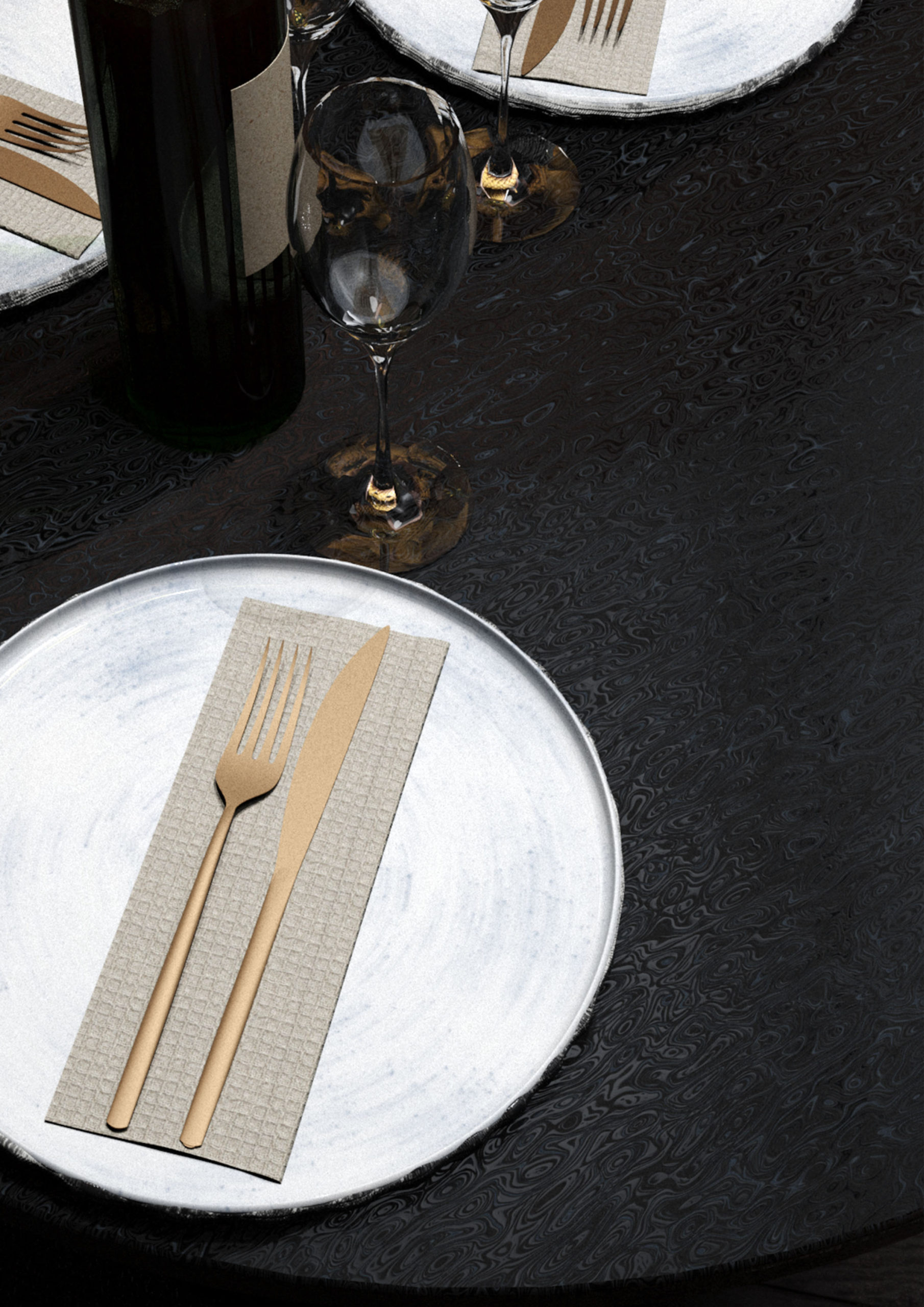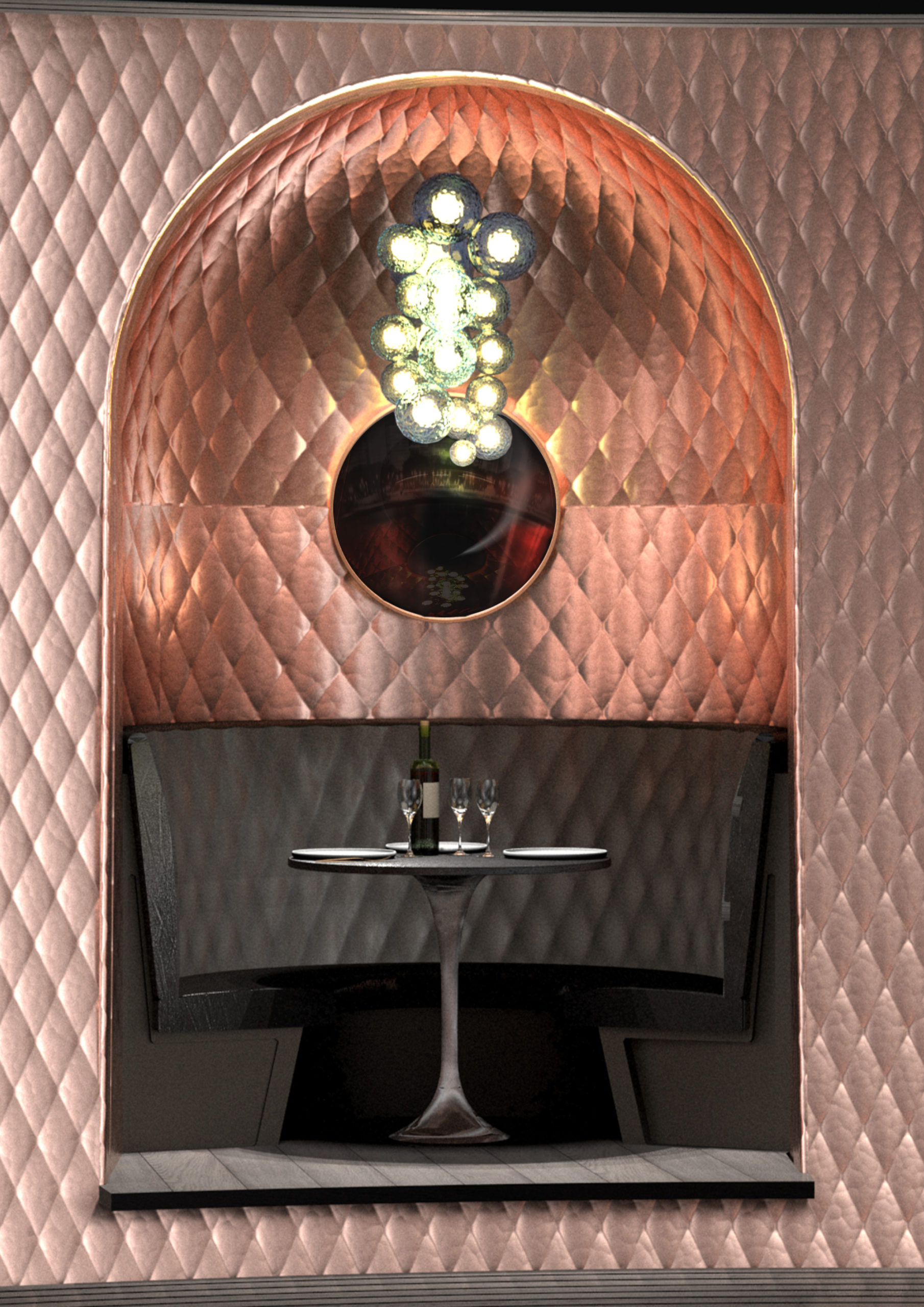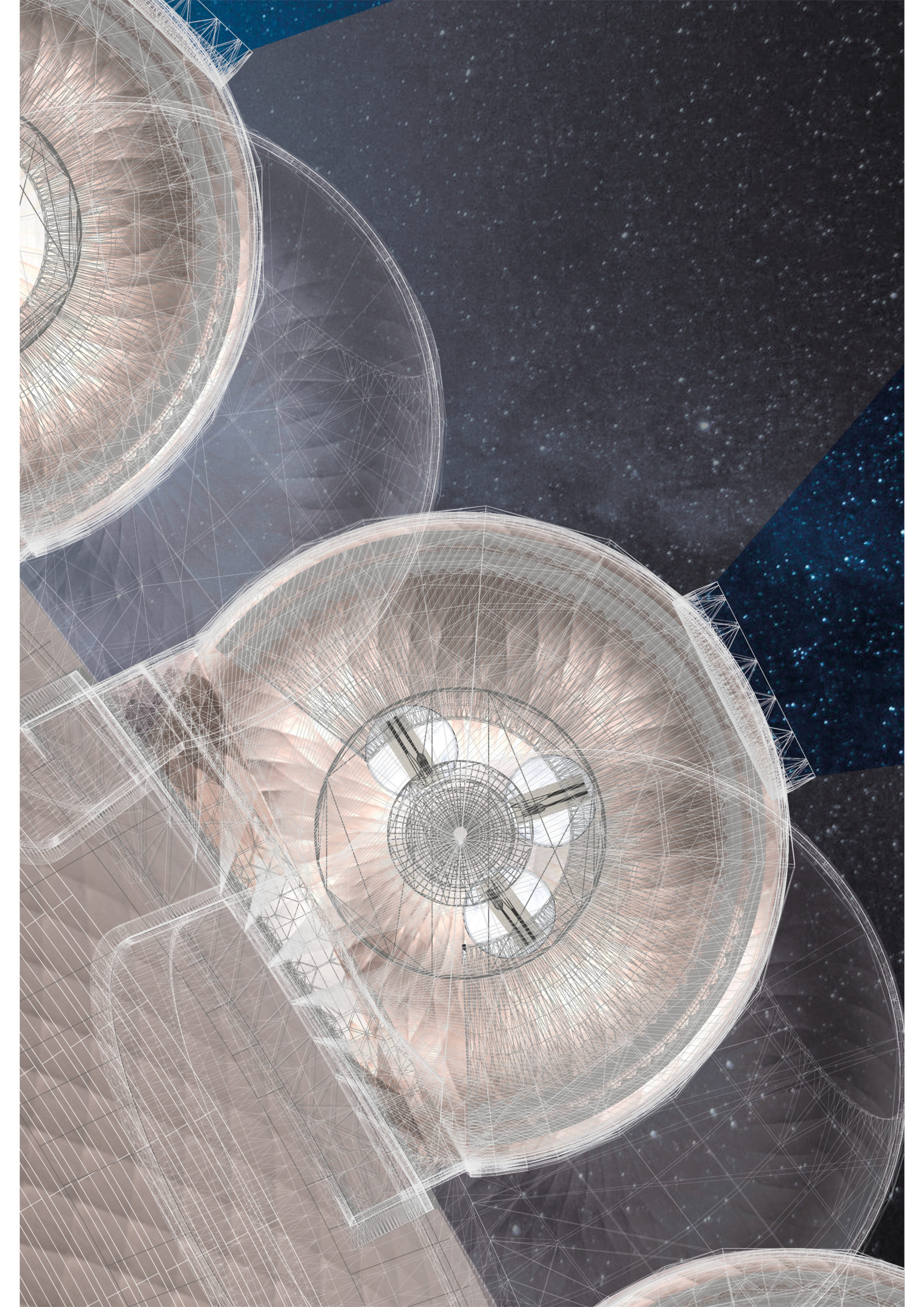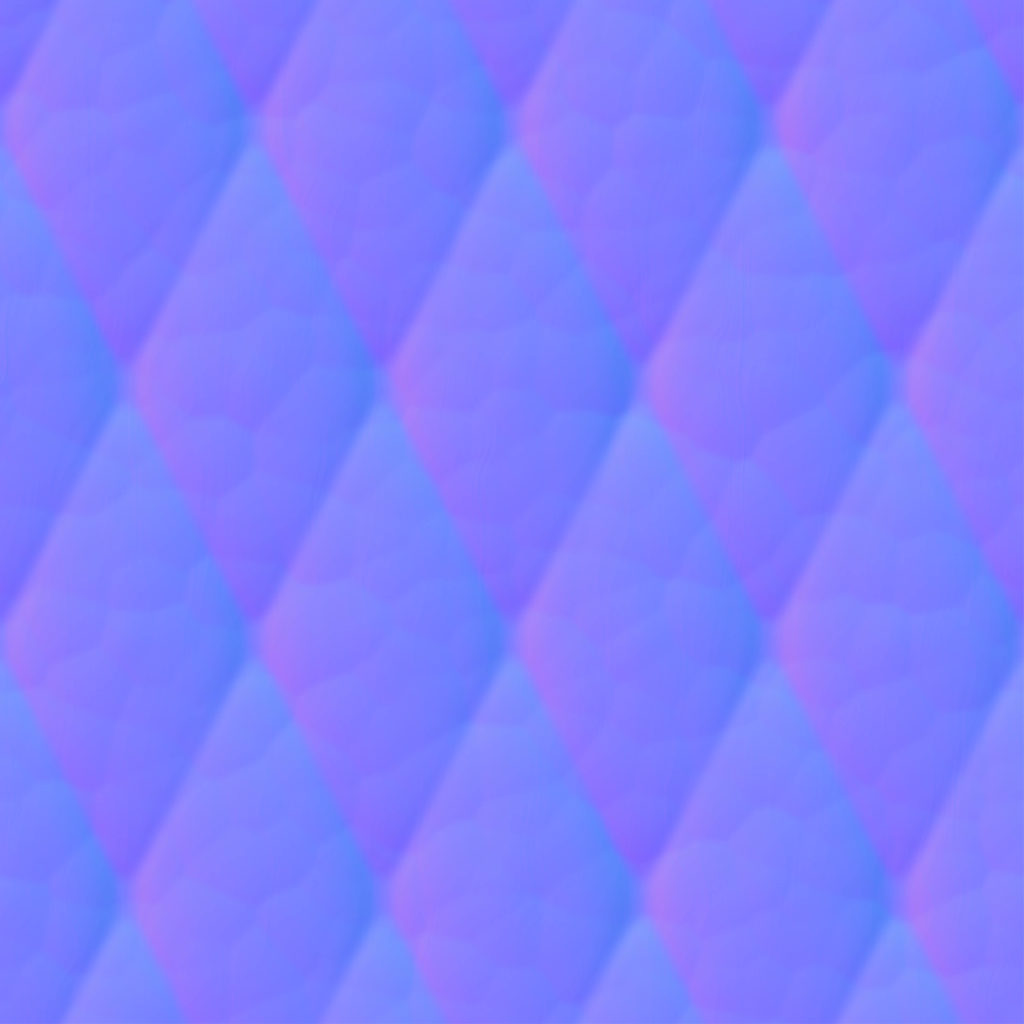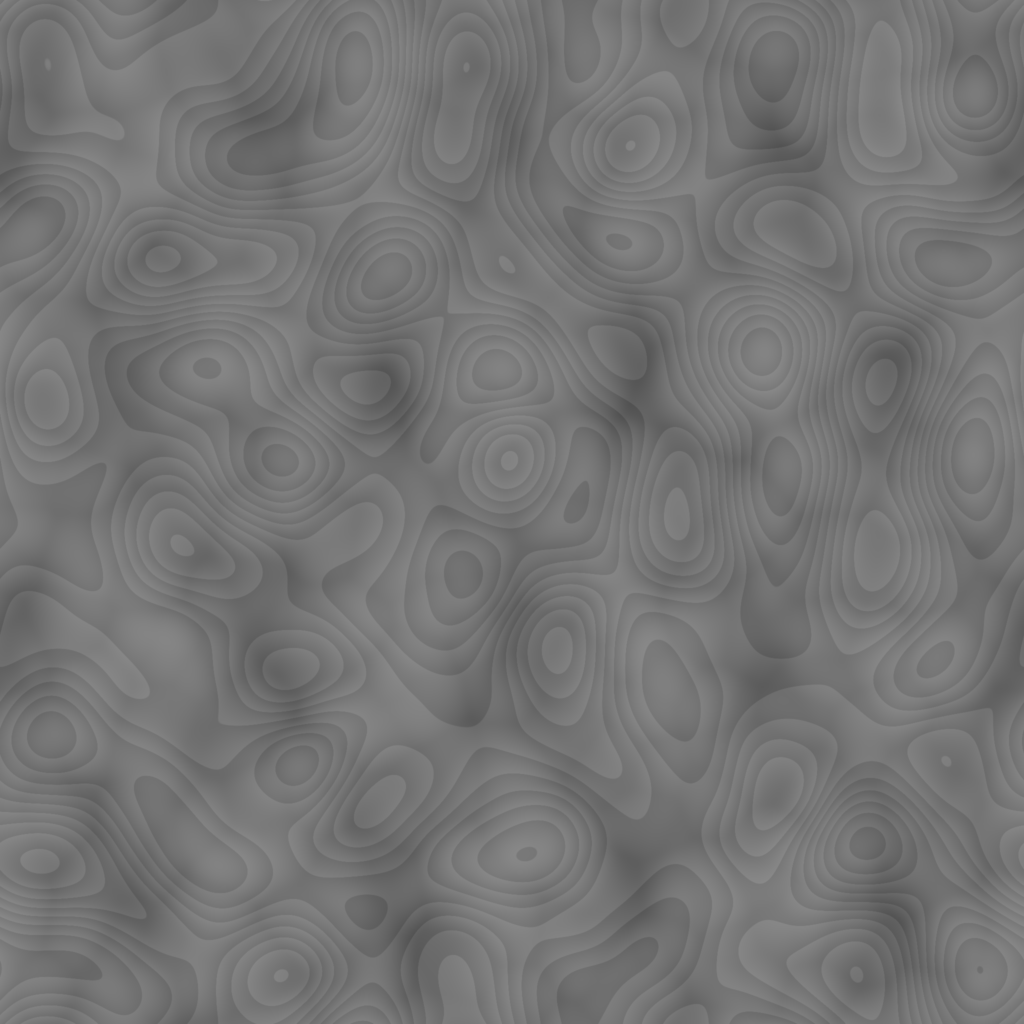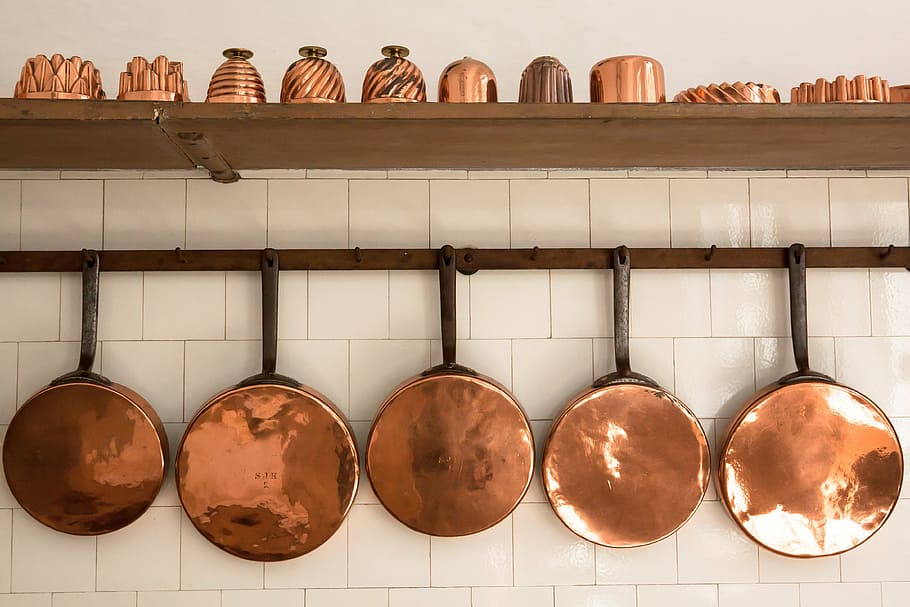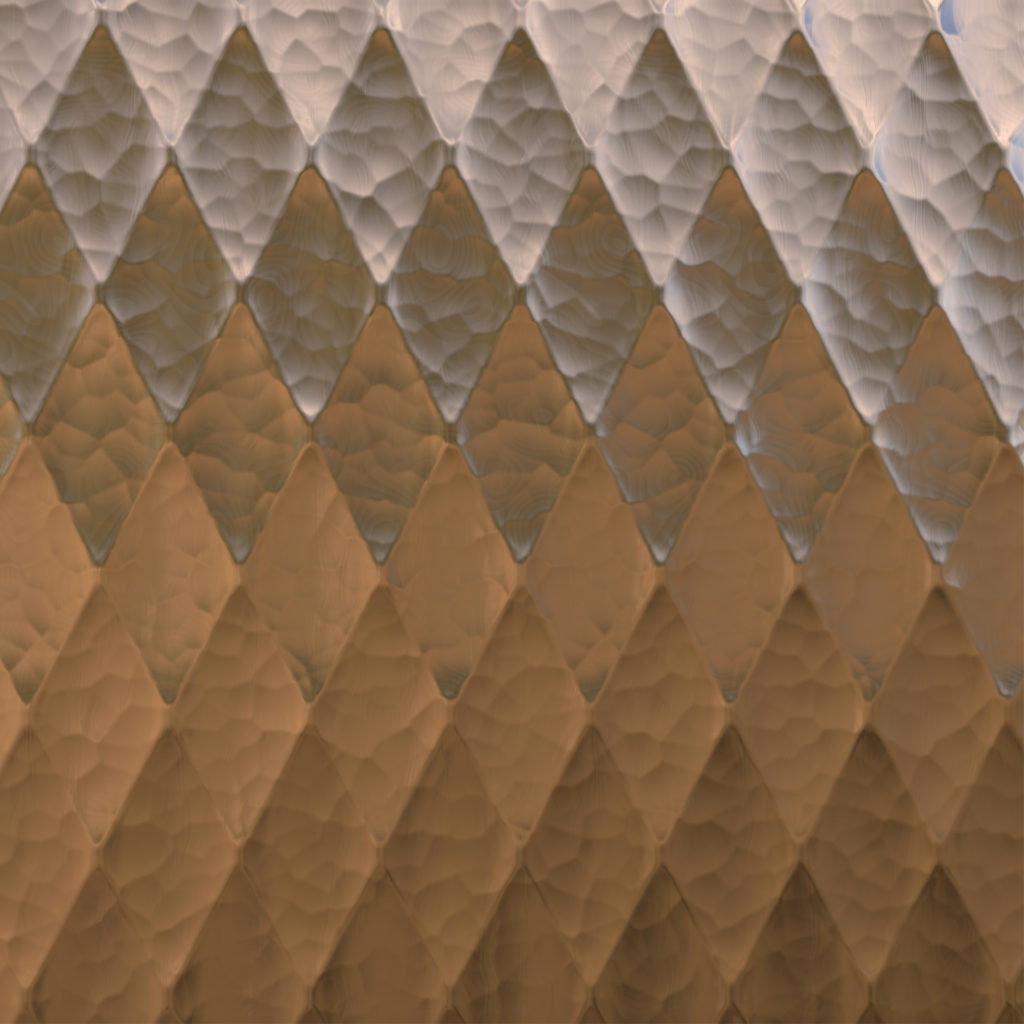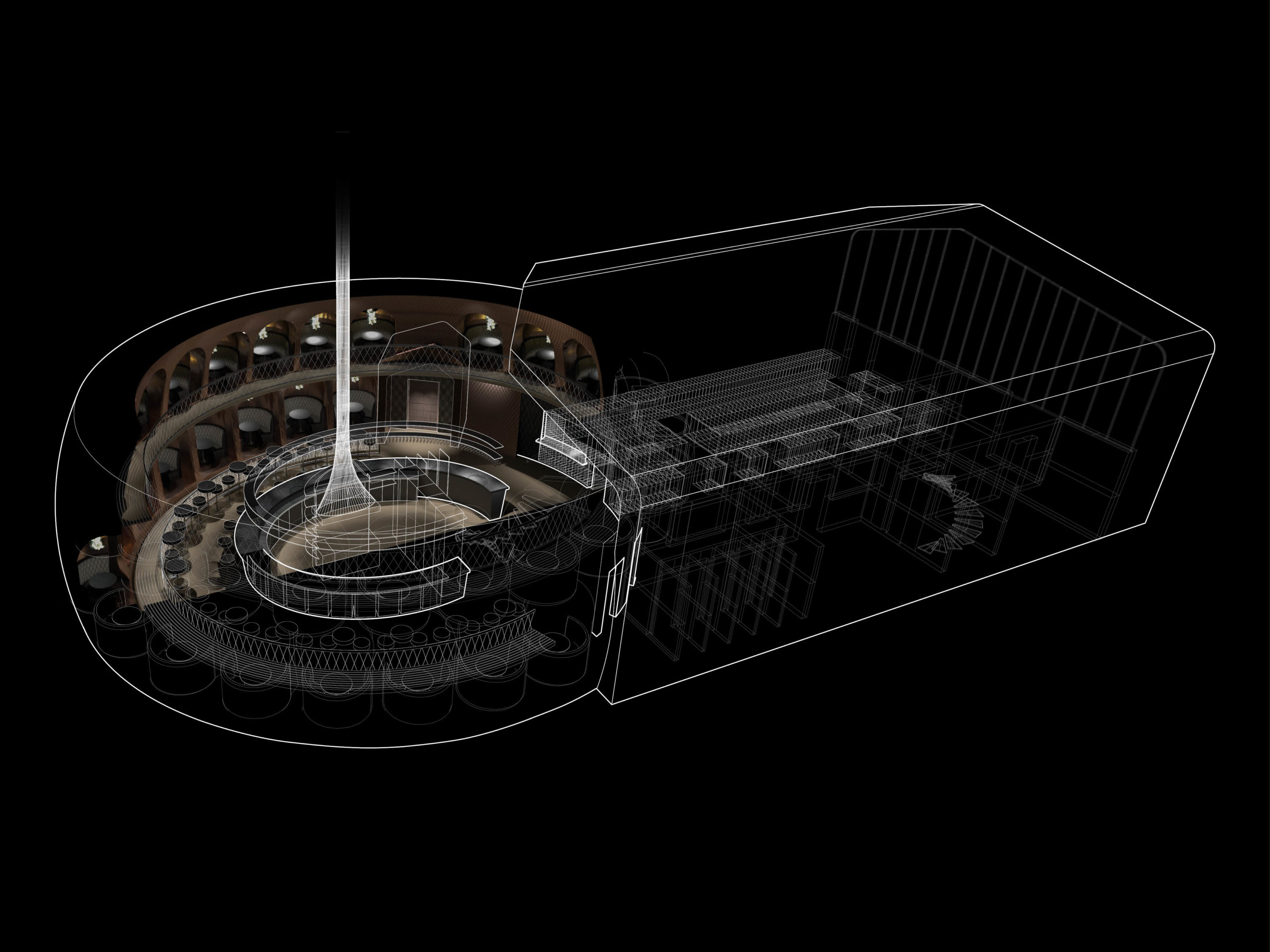
Dining spaces in two levels in alcoves in the solid outer wall. Surrounding the central bar and satellite kitchen.
Dining Spaces
“Where other than in the kitchen or at the dining table does family, social life crystalize most closely, thus contributing to the emotional and social establishment of a human home or center.”
Hagen Hodgson
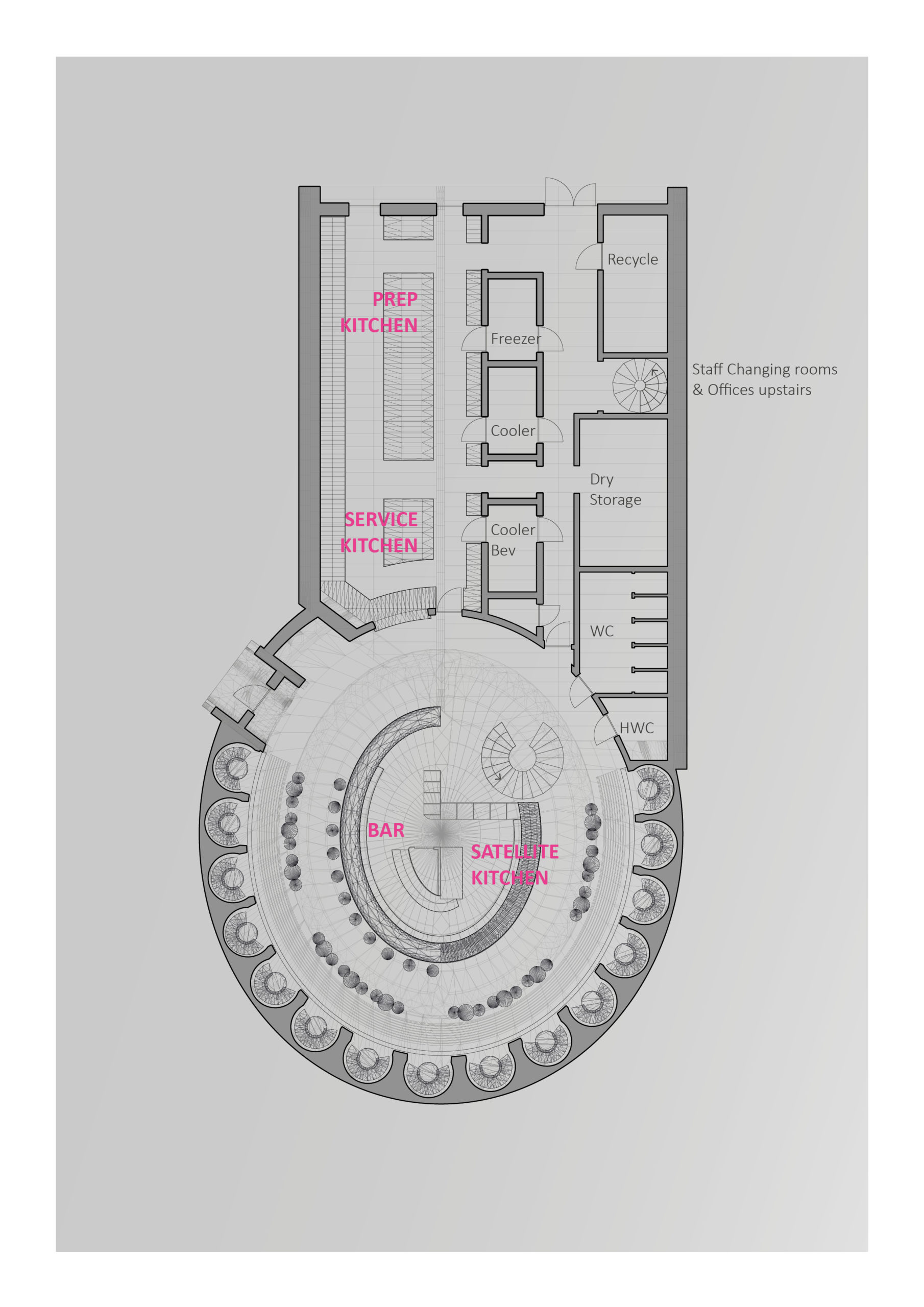
The restaurant does not aim for a specific directed script but is rather an experiment, or testbed, for multiple narratives and associations derived from textural properties and spatial forms and relations. The restaurant as a testbed was chosen both as a relevant scene where architecture and cooking interplay but also as a familiar scene to visualize texture directing in a context known and recognized by the reader.
The building consists of two parts. One, the dining and bar, the visitors experience setting, and second, the utility part, a workplace. These two parts holds not just contrasting functions but also contrasting relations to its users. On the outside of the building this is represented by contrasting forms and textures of the building parts. On the inside the texture directing is focused on the dining space and a few selected materials, forms and spaces that relates to the restaurant dining experience.
The shape and layout of the dining and bar are set with regards to its communal scale. This is not the dining space of a home but within a public context where the setting expands our family comfort zones to include those of other families or companies. The dining spaces are smaller spaces within alcoves in the outer wall, connected to the larger central space with a bar and a satellite kitchen. This setting associates to the hearth in its community scale and relationships as well as in its dramaturgy with a central “scene” that produces the liquid and edible experiences and a surrounding crowd of participators of a joint experience.
The copper like texture created for the outer wall envelopes both dining areas in the alcoves as well as the larger space in the center of the building. The different shape, or curvature of the texture, creates different light and color ambiances in the different spaces. The facetted surface also creates multitude of reflections, that scatters light sources, creating a light ambiance more related to natural settings, like light filtered through trees or reflected of a water surface, than a constructed setting.

